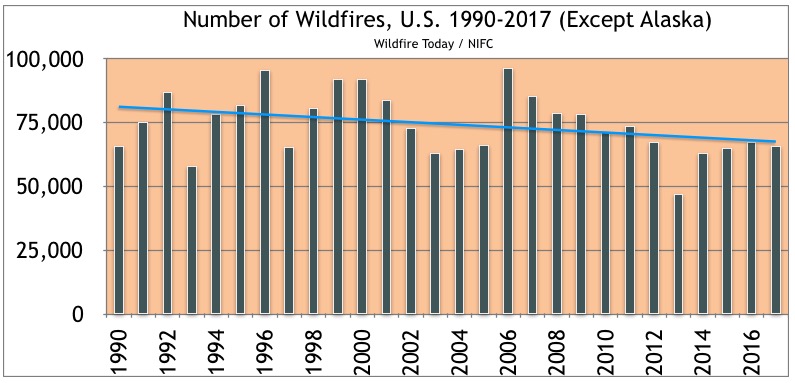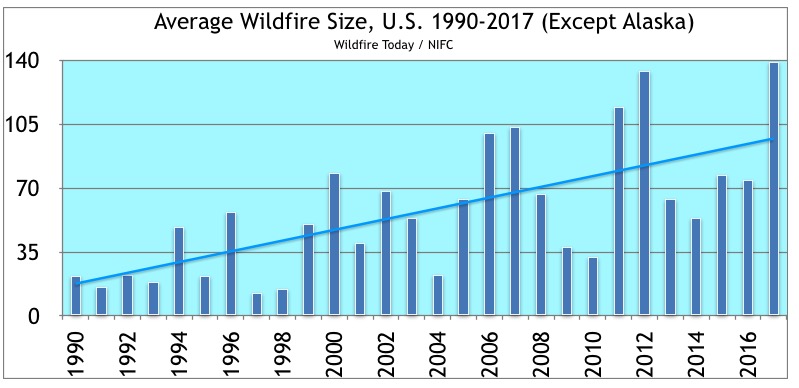Above: BLM map for the programmatic fuel management EIS. The cross-hatched area identifies the Project Boundary. The small dots near the names of cities identifies the locations of Scoping Meetings.
(Originally published at 1:30 p.m. MST January 11, 2017)
When the Bureau of Land Management announced on December 22 the agency was going to write two blanket Programmatic Environmental Impact Statements to streamline fuel treatment projects in much of the Western United States, the web site they referred the public to for more information had zero information. This presented a problem since the since the deadline to comment was initially February 20. After we inquired on January 2 about where interested citizens could find out what the BLM planned to do, we heard back from them today, January 11, saying they have now posted some information at the site.

We checked and found the map shown at the top of this article. There is also a Notice of Intent, Bulletin, and a list of public meetings.
The agency is proposing to develop two Programmatic Environmental Impact Statements for BLM lands in the states of Idaho, Oregon, Nevada, California, Utah, and Washington. One will cover the construction of fuel breaks while the other is for fuels reduction and rangeland restoration.
Now that they have a schedule for public meetings which runs through February 15, the deadline for comments has been extended to February 28.
The blanket approval will mean that individual landscape-scale fuel breaks and fuel reduction proposals will only need minor additional environmental reviews to proceed.
Fuel breaks are intended to interrupt the continuity of vegetation making it easier to control or stop the spread of wildfires. They can be created manually by hand crews and mechanized equipment, or through the use of herbicides. There is no guarantee of success since wind-blown burning embers can be lofted hundreds or thousands of feet ahead of a flaming front, crossing the breaks.






